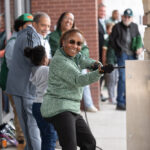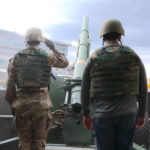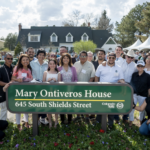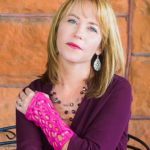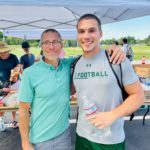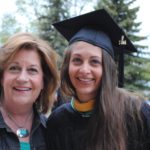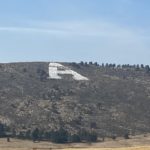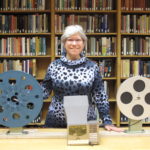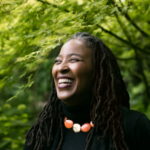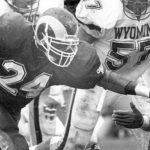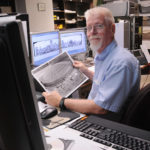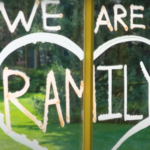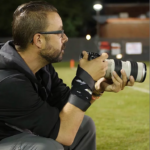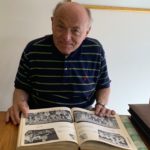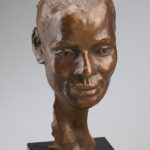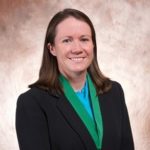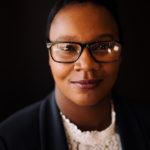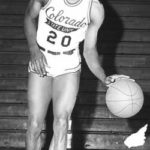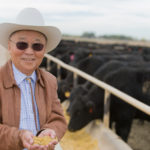
By Ann Gill (M.A., ’76)
Majoring in engineering at Colorado A&M in 1941-42 was the starting point for alumnus Andy Carhartt’s life journey. He and other young men who could not afford to live in a fraternity joined the American Association of Common Clubs, a group which currently bills itself as an alliance of clubs and associations worldwide that foster understanding, respect, and friendship. Established in 1925, the Fort Collins chapter followed the national group’s open-door membership policy, meaning it never discriminated on the basis of race, religion, or socio-economic status. The policy appealed to Carhartt, who lived in the attic of an old home the chapter maintained. And like all male A&M students, he also served in ROTC.
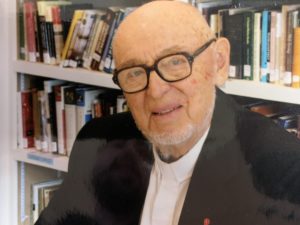
His path changed course on December 7, 1941. That morning he started on a bike ride to the A. On the way, he stopped to watch some Aggies playing touch football. Suddenly a fellow ran up, yelling “the Japanese bombed Pearl Harbor!” After first asking “where is Pearl Harbor?” and the next day hearing President Roosevelt declare war on Japan, Carhartt decided to apply to West Point.
He was accepted and started in January. Because of the need to get officers into the war, the U.S. Army put his class on a fast track to graduation in three years. During graduation week, he began to lose sight in his right eye. After one misdiagnosis and treatment, he underwent several surgeries for a detached retina. As his vision problems continued, he retired from the Army and changed direction once again. He began a civilian career, first in publishing, then as partner in a lumber company in Grand Junction, where he had lived during high school.
While in Grand Junction, he became an ordained elder in the Presbyterian Church, which led him to attend seminary. He requested assignment to churches either in the inner city or in rural areas, as he had a passion to work with both groups of people. He received assignments to churches in Oklahoma City and Kansas City, both in “changing neighborhoods.” Carhartt explains his passion for working in such neighborhoods: His friend was the only black student at Grand Junction High, and Carhartt’s parents refused to allow the young man into their home. He also befriended the lone black cadet at West Point, where that young man was forced to live alone and eat at a separate table. Carhartt became committed to changing attitudes and behaviors. He is very proud that, this past year, West Point graduated 35 black women.
While in the hospital for his eye problems, Carhartt met a Women’s Army Corps nurse named Jenny, who became his wife. She was a musician, vocal and piano, and was hired in the public school systems where he was assigned. She served as accompanist for many events. Their three sons all served in the military.
When Carhart retired and moved to Boulder, his wife became involved with St. John’s Episcopal Church. Eventually, Carhartt became ordained in the Episcopal as well as Presbyterian churches. At 96 years of age, he still teaches classes at St. John’s Episcopal Church and still strives to get people to love one another, no matter their perceived differences.




